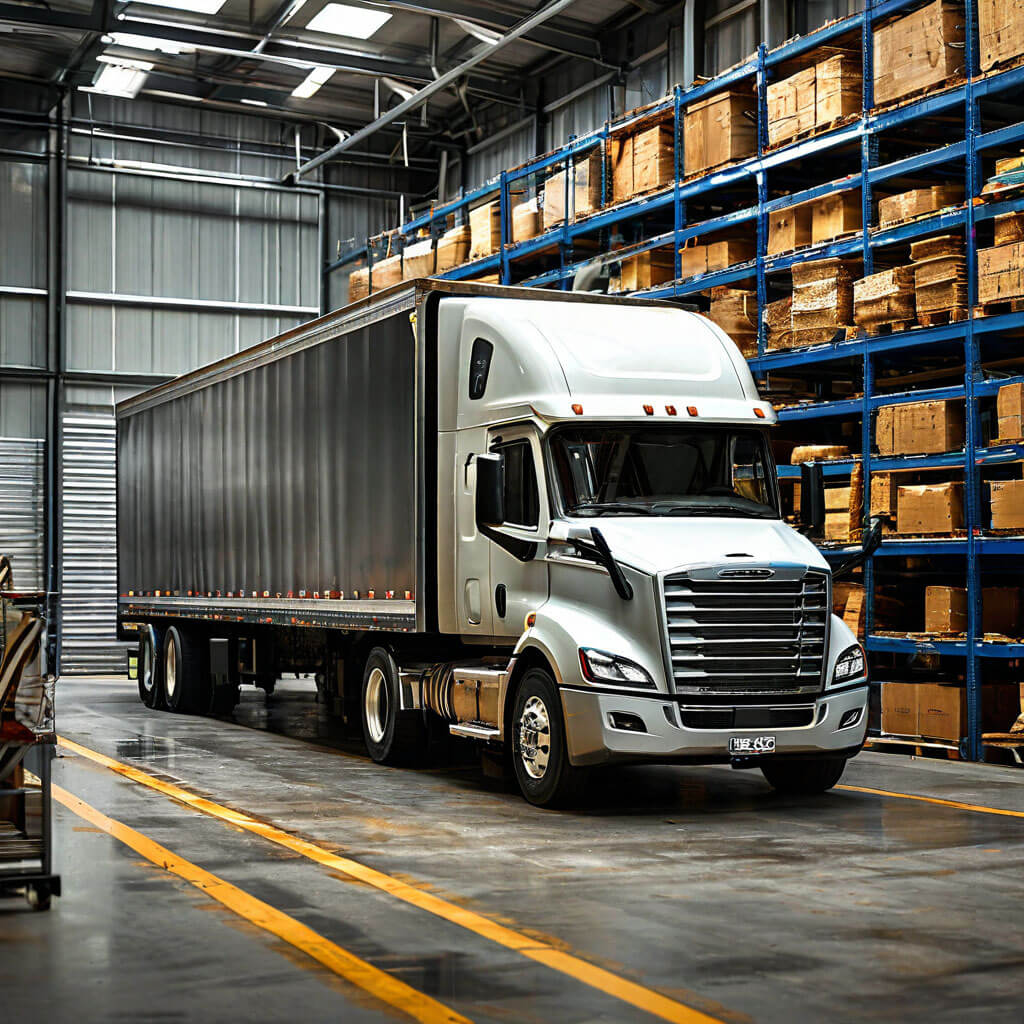How to Properly Load a Truck


How to Properly Load a Truck
The norms for loading cargo vehicles are developed based on legislative standards and the limitations of the vehicle itself. This means that one must refer to the Law (which takes precedence over instructions) and the values specified in the vehicle's documentation.
First and foremost, attention should be paid to the number of axles. The more axles a vehicle has, the more cargo it can carry. For example, if the documentation specifies two axles, this means the truck can carry up to 18 tons of cargo. If there are six or more axles, the maximum capacity is 44 tons.
Types of Loading and Pallet Arrangement Schemes There are three types of loading:
- Side loading;
- Top loading;
- Rear loading.
Top loading is only used for multi-axle trucks. For trucks with fewer axles, pallets are loaded using forklifts via side or rear loading. The loading method ultimately determines the pallet arrangement scheme in the truck. Mechanical loading of pallets (i.e., using a forklift) allows for significant time savings, efficient use of space, and reduces the risk of cargo damage.
In our country, three types of pallets are used: Euro pallets, American pallets, and those manufactured according to GOST standards. The difference lies in their size, making them suitable for different types of cargo. The height of the pallets is the same, allowing all types to be loaded using forklifts. When loading pallets with containers, the following should be considered:
- Weight of the containers;
- Size;
- Securing the cargo.
To ensure the cargo is delivered intact, it must not exceed the dimensions of the pallet, must not exceed the allowable weight, and must be securely fastened to the pallet and inside the truck.
How to Properly Load and Secure Cargo
It is not enough to avoid overloading and create the correct pallet arrangement scheme. The containers must also be securely fastened inside the truck. For this purpose, the floor of the cargo area is covered with special non-slip mats, and the cargo is secured inside using:
- Straps;
- Ropes;
- Cables or a combination of these methods.
If the container loading scheme does not allow for tight placement, gaps are filled using airbags or pneumatic cushions. Do not save time and money on proper cargo distribution and securing. This not only affects the quality of delivery but also the overall stability of the vehicle.
How to Distribute the Load Across Axles and Avoid Overloading Fines
First, it is necessary to correctly calculate the load. Nowadays, this process is automated. You can turn to a logistics company or use the cargo space planner for trucks CargoTetris. For this, you need to know several parameters—the weight of the tractor, the weight of the semi-trailer without cargo (available in the truck's documentation), and the weight of the cargo with pallets (available in the delivery documentation). The program will automatically arrange the pallets inside the cargo area, taking into account the load on the axles to avoid overloading.
The key advantage of CargoTetris is that the service considers not only the weight and dimensions of your cargo but also the specifics of loading and transportation. When filling out the table, indicate important cargo parameters: maximum load on the cargo, the need for tilting and stacking your cargo, and an important indicator such as rotation around the vertical axis (whether the cargo can be rotated).
[To start using the service, no special knowledge is required. The system is intuitive, and you can figure out the process of creating a loading plan in a few hours. New users are eligible for a FREE 3-day trial period.

